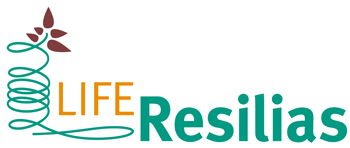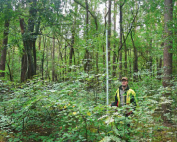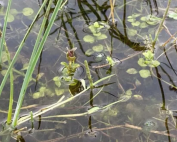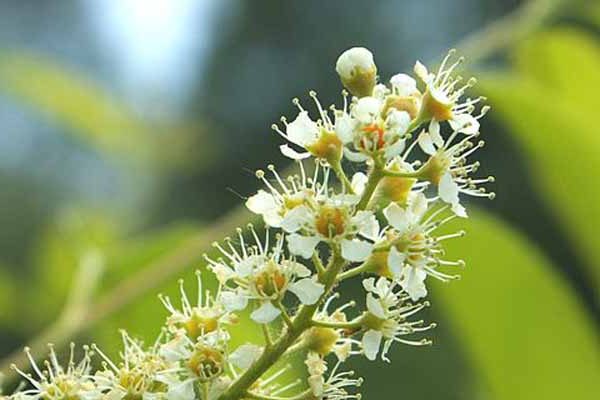
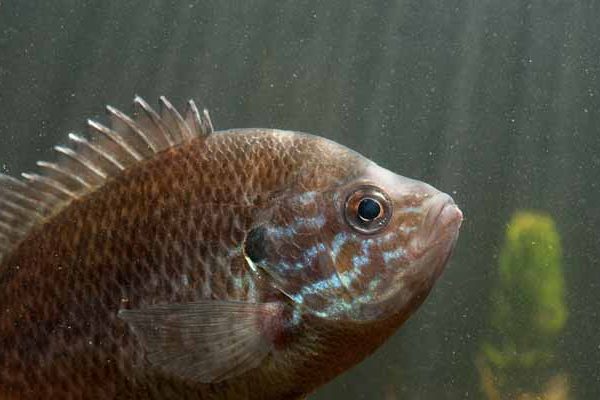
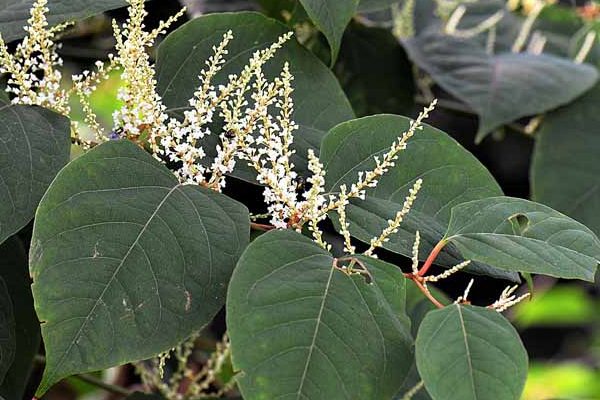
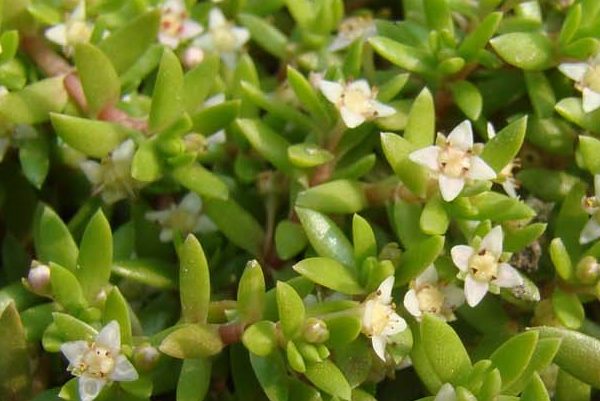
Some project areas have Natura 2000 status, an European nature network that provides essential protection to plant and animal species and habitats
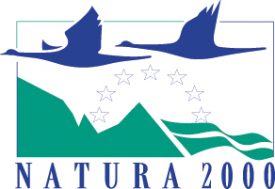 Natura 2000 is an European network of nature conservation areas, covering more than one fifth of the EU’s land area. It provides essential protection for (endangered) plant and animal species and habitats that are under threat in Europe. The aim is to preserve biodiversity. The Natura 2000 network is one of the largest coordinated networks of protected areas in the world, covering 18% of the EU’s land area and substantial parts of the surrounding seas.
Natura 2000 is an European network of nature conservation areas, covering more than one fifth of the EU’s land area. It provides essential protection for (endangered) plant and animal species and habitats that are under threat in Europe. The aim is to preserve biodiversity. The Natura 2000 network is one of the largest coordinated networks of protected areas in the world, covering 18% of the EU’s land area and substantial parts of the surrounding seas.
Background Natura 2000
In 1979, the EU adopted its first major piece of nature conservation legislation – the Birds Directive. This law protects all the EU’s native wild birds, which include around 500 species. EU countries identify and protect areas of particular importance for wild birds.
A second instrument, the 1992 Habitats Directive, obliges EU countries to protect the habitats of endangered plant, animal and habitat species. Protected areas are known as ‘special areas of conservation’. The Habitats Directive covers rare and endangered plants and animals and habitats including hay meadows, heaths and salt marshes.
The areas protected under these two directives form the Natura 2000 network. The aim is to protect important habitat types and endangered species in Europe.
Working together in partnership
Natura 2000 is not just a network of protected natural areas. It recognises that people and nature work best together in partnership. The aim is not to exclude economic activities, but to ensure that they are compatible with the protection of valuable species and habitats.
More information about Natura 2000 can be found on the website of the European Union.
Some project areas have Natura 2000 status, an European nature network that provides essential protection to plant and animal species and habitats
 Natura 2000 is an European network of nature conservation areas, covering more than one fifth of the EU’s land area. It provides essential protection for (endangered) plant and animal species and habitats that are under threat in Europe. The aim is to preserve biodiversity. The Natura 2000 network is one of the largest coordinated networks of protected areas in the world, covering 18% of the EU’s land area and substantial parts of the surrounding seas.
Natura 2000 is an European network of nature conservation areas, covering more than one fifth of the EU’s land area. It provides essential protection for (endangered) plant and animal species and habitats that are under threat in Europe. The aim is to preserve biodiversity. The Natura 2000 network is one of the largest coordinated networks of protected areas in the world, covering 18% of the EU’s land area and substantial parts of the surrounding seas.
Background Natura 2000
In 1979, the EU adopted its first major piece of nature conservation legislation – the Birds Directive. This law protects all the EU’s native wild birds, which include around 500 species. EU countries identify and protect areas of particular importance for wild birds.
A second instrument, the 1992 Habitats Directive, obliges EU countries to protect the habitats of endangered plant, animal and habitat species. Protected areas are known as ‘special areas of conservation’. The Habitats Directive covers rare and endangered plants and animals and habitats including hay meadows, heaths and salt marshes.
The areas protected under these two directives form the Natura 2000 network. The aim is to protect important habitat types and endangered species in Europe.
Working together in partnership
Natura 2000 is not just a network of protected natural areas. It recognises that people and nature work best together in partnership. The aim is not to exclude economic activities, but to ensure that they are compatible with the protection of valuable species and habitats.
More information about Natura 2000 can be found on the website of the European Union.




Latest news
Resilias in France
The French government, together with species, biodiversity and invasive species organisations, organises exchanges on invasive species between policymakers and researchers. Introduction by Bart [...]
Publication: Rejuvenation under American bird cherry - a guide for forest managers
To better understand the impact of bird cherry on the rejuvenation of native tree species, the Technical University of Dresden conducted a [...]
Publication: ecosystem approach to water crassula remains bespoke
It is now clear that the complete elimination of water crassula is not feasible in many cases. The European LIFE project Resilias is therefore committed to [...]
